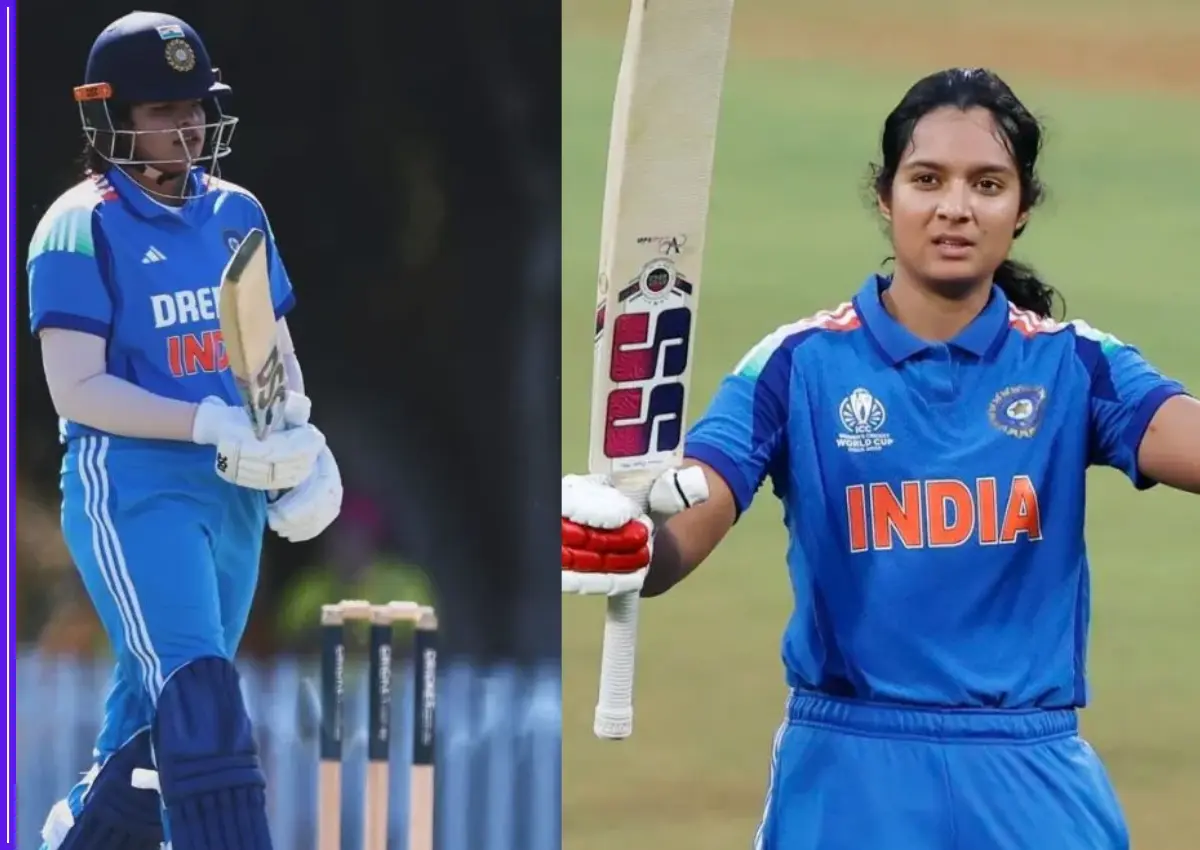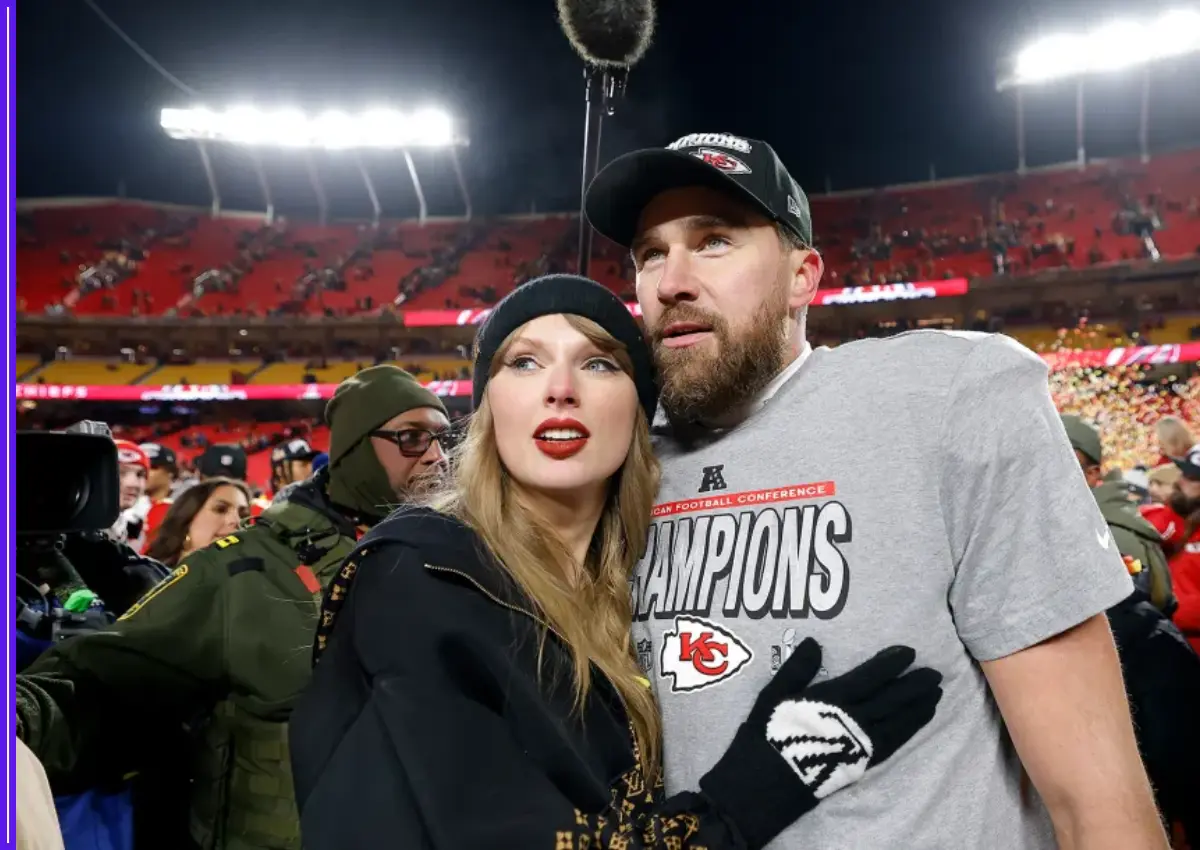“It felt like I was fighting the world,” says Anaya Bangar—her voice calm, her gaze unwavering. Once known as Aryan Bangar in the Indian cricket circuit, Anaya’s transition from a celebrated young cricketer to an openly transgender woman is a story of unimaginable strength, deep self-awareness, and relentless pursuit of truth.
Today, she stands as one of the few openly transgender athletes in India—her story challenging societal norms and offering a beacon of hope to many still hiding their truth.

A Cricketing Legacy and a Hidden Truth
Born into a family steeped in cricket, Anaya grew up in Mumbai’s vibrant yet conservative sporting culture. Her father, a respected figure in local cricketing circles, was both a mentor and a disciplinarian. From a young age, she showed promise as a cricketer.
As Aryan Bangar, she was hailed as a rising star. A technically gifted left-handed batter and a sharp-arm spinner, she rose through the ranks quickly—representing Mumbai U-16, later Pondicherry U-19, and earning a call-up for Mumbai U-23 trials. She shared nets and matches with names like Yashasvi Jaiswal, Sarfaraz Khan, and Musheer Khan—players who would go on to represent India on global stages.
“Cricket was my world. I woke up for it, trained for it, lived for it. But inside, I was always playing two matches—one on the field, and one within myself.”
She played as an all-rounder in multiple domestic tournaments, earning praise for her match temperament and cricketing IQ. Selectors had their eyes on her for potential inclusion in the Ranji Trophy squad, a stepping stone to the IPL and national cricket.
The Turning Point: When Cricket and Identity Collided
But the joy of success began to fade as the gap between Aryan and Anaya widened. “The more I succeeded in cricket, the more I felt like I was erasing myself. My body was being trained like a man’s, but my soul never aligned with that.”
Despite the accolades, she stepped away from professional cricket in 2021. Behind the scenes, she was struggling with gender dysphoria, depression, and a growing sense of disconnection from the sport she loved.
In 2022, after intense personal reflection and therapy, she decided to begin her gender transition. The process was emotionally and physically taxing—made harder by cricket’s rigid gender barriers.
Career After Cricket: Rebuilding as Anaya
After exiting the game, Anaya didn’t step away from ambition. She redirected it.
She moved to the UK in 2023 to pursue a Master’s in Design Innovation—a course that allowed her to explore the intersections of creativity, empathy, and social change. Her academic work focused on inclusive design, particularly around accessibility for LGBTQIA+ individuals.
During her studies, she interned with a UK-based social innovation lab and co-authored a research paper on gender-inclusive healthcare systems, which earned her recognition from her university’s human rights department.
A New Professional Identity
Today, Anaya works as a Design Researcher and Consultant based in Mumbai. She collaborates with brands and NGOs to create human-centered solutions, especially for marginalized communities. Her current role blends design strategy, storytelling, and public engagement—a far cry from cricket pitches but still rooted in discipline and vision.
She has also served as a guest lecturer on gender inclusion and design at several Indian and UK institutions, and she’s part of a network of professionals working toward policy advocacy for trans inclusion in Indian sports.
Anaya is now building a platform that combines her lived experience as a transwoman with her professional expertise—creating digital content, workshops, and design toolkits that aim to improve mental health access, representation, and equity.
“I didn’t leave cricket because I failed. I left because I chose myself. And now I want to help others do the same, in whatever field they are.”
Personal Life: Finding Herself Beyond the Field
Away from stadium lights and scorecards, Anaya Bangar’s personal life reflects a quiet but powerful journey toward self-acceptance. Born into a family with deep cricketing roots—her father a respected figure in the sport—Anaya grew up in an environment filled with discipline, expectations, and the rhythm of the game. But beneath the surface of her athletic discipline lived a yearning for authenticity that couldn’t be silenced.
Even as a child, she felt a quiet disconnect between who she was expected to be and who she truly was. “I remember standing in front of the mirror in my mother’s saree and thinking, ‘This is me,’” she recalls. But these moments were fleeting, hidden behind closed doors and unspoken fears. Home was loving but steeped in traditional masculinity. The language for what she was feeling simply didn’t exist yet in her world.
Her teen years were a storm of contradictions—cricket trophies in her hands and a growing ache in her heart. Friends saw a rising star; Anaya saw a person she no longer recognized. “I felt like I was living someone else’s life,” she says. While her peers celebrated achievements on the field, she silently battled questions about her gender identity, masking pain behind practice sessions and performance.
Her decision to come out wasn’t sudden—it was built on years of emotional unraveling. Therapy played a crucial role. “I needed someone to just tell me I wasn’t broken,” she admits. Eventually, with the support of a few close friends and members of the LGBTQ+ community, Anaya found the strength to transition.

Today, Anaya lives in Mumbai, balancing her creative work as a designer with advocacy. She surrounds herself with people who affirm her identity, but like many transgender individuals, she still navigates a world full of microaggressions, stares, and unsolicited comments.
Yet, she finds joy in small routines: sipping coffee at her favorite café, journaling her thoughts, designing emotionally rich projects, or simply walking through the city in clothes that reflect her truth. Her relationship with her parents is evolving. While the road has been rocky, there are signs of growing understanding. “They may not fully get it, but they’re trying—and that means a lot,” she says.
What once felt like isolation now feels like a form of quiet power. “I don’t need everyone’s approval anymore. I’ve made peace with who I am,” Anaya says with a calm smile.
Career After Cricket: Designing Her New Future
Leaving cricket—a world that once defined her—wasn’t easy for Anaya. But it became necessary. “I couldn’t keep playing a version of myself that didn’t exist anymore,” she says.
After stepping away from professional sports, Anaya pursued a Master’s in Design Innovation in the UK, seeking a space where creativity, expression, and identity could coexist. The shift from stadiums to design studios was more than a career move—it was a reclamation of voice and vision.
In London, she found a more inclusive atmosphere. “For the first time, I walked into a classroom as Anaya. No explanations. No judgments,” she recalls. The exposure to diverse perspectives and queer-friendly spaces allowed her to thrive, not just academically but emotionally. Her work began to explore themes of gender, resilience, and emotional transformation—turning her pain into art.
Today, back in Mumbai, she works as a multidisciplinary designer, focusing on user experience, storytelling, and visual communication. Her design projects often reflect her lived experiences—centering themes of identity, representation, and social change. She collaborates with startups, NGOs, and inclusive brands that value authentic narratives.
Balancing Identity and Advocacy
Though she’s moved on from cricket, Anaya hasn’t stopped fighting for equality in sport. Her exclusion from cricket post-transition remains a scar—but also a motivator. “I may never wear the Indian jersey, but I won’t let that silence me,” she asserts.
She now speaks at design forums, LGBTQ+ panels, and gender-inclusion events, using her story to challenge rigid definitions of gender in sports and society. Online, she shares candid reflections on body changes, navigating harassment, and the importance of mental health in transition. Her voice has become a lifeline for many young trans people who feel unseen.
Despite facing online trolling, offensive comments, and moments of self-doubt, Anaya stands grounded. “This journey isn’t just mine,” she says. “It’s about every trans kid who wants to dream without fear.”
Anaya continues to push for inclusive policy changes in sports bodies, especially in India. She’s also exploring ways to mentor other transgender athletes and creatives who are often shut out due to systemic bias.
The Next Innings
Although she no longer plays professionally, Anaya remains deeply connected to the game. She consults for cricket NGOs focused on underprivileged youth and dreams of launching a gender-inclusive cricket academy in the future.
“Cricket gave me so much. I want to give back—but on my terms, with my truth visible and celebrated.”
Final Words
From cricket stadiums to design studios, from applause to inner peace, Anaya Bangar’s journey is not a fall from grace—it’s a rise into authenticity. She reminds us that identity is not a limitation but a canvas—waiting for bold, beautiful strokes.









